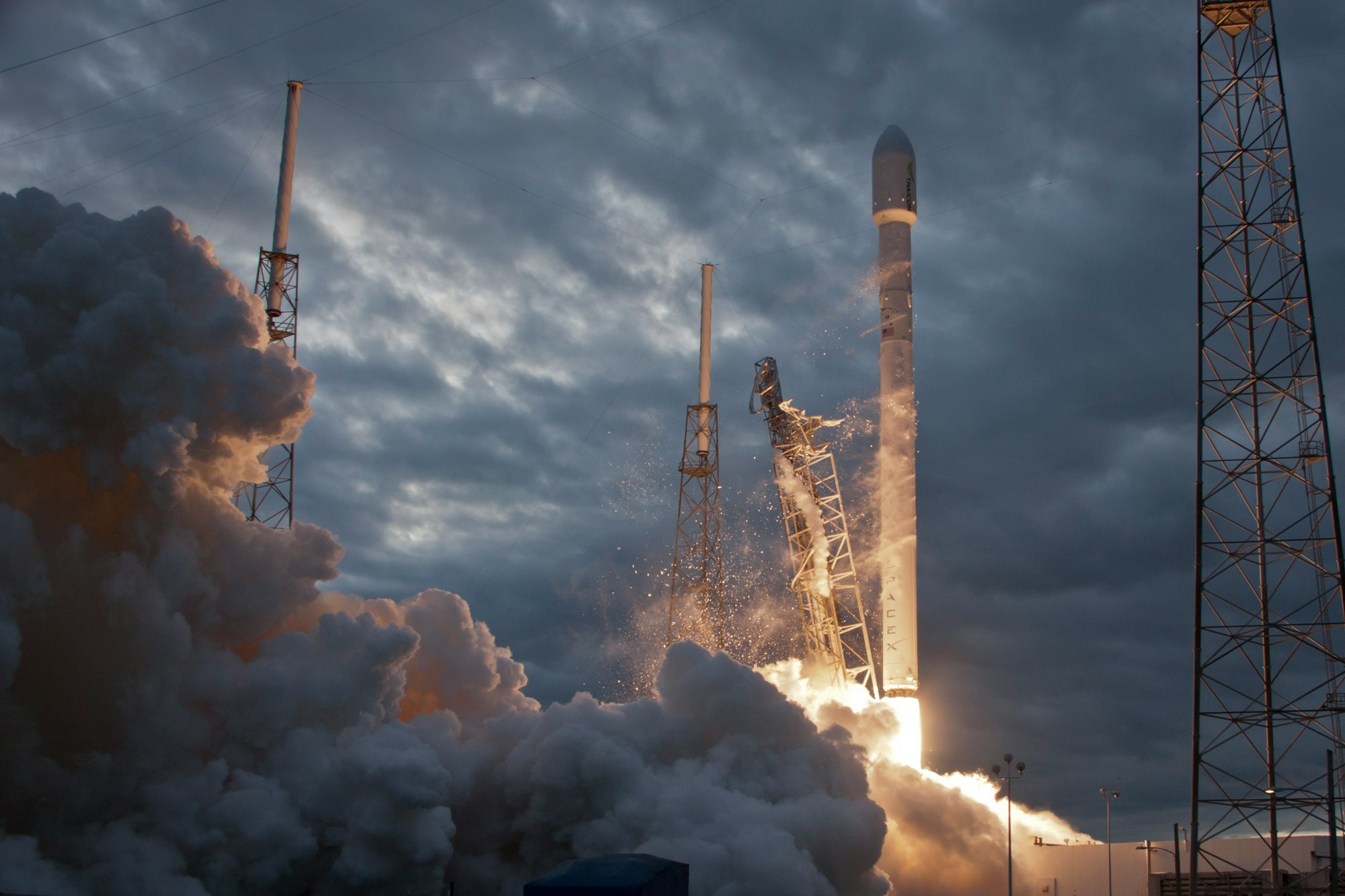
Since the dawn of the Space Age, the United States has been at the forefront of space exploration, achieving numerous milestones that have expanded our understanding of the cosmos and inspired generations of scientists, engineers, and dreamers. From historic moon landings to groundbreaking discoveries, the U.S. space program has left an indelible mark on human history. Let’s take a journey through some of the most significant space achievements of the United States.
1. Apollo Moon Landings:
Perhaps the most iconic space achievement in history, the Apollo program remains a testament to American ingenuity and determination. On July 20, 1969, NASA astronaut Neil Armstrong took humanity’s first steps on the lunar surface, followed by Edwin “Buzz” Aldrin. Over the course of six Apollo missions between 1969 and 1972, a total of twelve astronauts explored the Moon, collecting valuable scientific data and rock samples that continue to yield insights into the origins of our solar system.
2. Space Shuttle Program:
The Space Shuttle program revolutionized space travel by providing a reusable spacecraft capable of ferrying astronauts and cargo to and from low Earth orbit. Launched in 1981 with the maiden flight of the Space Shuttle Columbia, the program saw a total of 135 missions over three decades. The Space Shuttle played a vital role in constructing the International Space Station (ISS) and deploying numerous satellites, telescopes, and scientific payloads.
3. Hubble Space Telescope:
Launched aboard the Space Shuttle Discovery in 1990, the Hubble Space Telescope has revolutionized our understanding of the universe. Over the past three decades, Hubble has captured stunning images of distant galaxies, nebulae, and other cosmic phenomena, helping astronomers unravel mysteries such as the age of the universe, the existence of dark energy, and the formation of planets and stars. Hubble remains operational today, continuing to push the boundaries of astronomical research.
4. Mars Exploration Rovers:
NASA’s Mars Exploration Rover mission, launched in 2003, marked a significant milestone in the exploration of the Red Planet. The twin rovers, Spirit and Opportunity, touched down on opposite sides of Mars and embarked on missions to study the planet’s geology and search for signs of past water activity. Both rovers far outlasted their intended mission durations, with Opportunity setting a record for the longest distance traveled by any off-Earth vehicle. NASA’s latest rover, Perseverance, landed on Mars in 2021, continuing the quest to uncover the planet’s secrets and pave the way for future human exploration.
5. International Space Station (ISS):
A shining example of international cooperation in space, the ISS has been continuously inhabited since November 2000. Built and maintained by a partnership of space agencies, including NASA, Roscosmos, ESA, JAXA, and CSA, the ISS serves as a microgravity laboratory for scientific research and technology development. Over the years, the ISS has hosted hundreds of experiments in fields ranging from biology and physics to astronomy and materials science, advancing our understanding of living and working in space.
6. Commercial Spaceflight:
In recent years, the United States has witnessed a resurgence in human spaceflight thanks to the emergence of commercial space companies like SpaceX and Blue Origin. SpaceX’s Crew Dragon spacecraft, developed under NASA’s Commercial Crew Program, has successfully transported astronauts to and from the ISS, reducing reliance on Russian Soyuz spacecraft for crew transportation. Meanwhile, Blue Origin is pioneering efforts to make space tourism a reality with its New Shepard suborbital vehicle.
Conclusion:
From the historic Apollo moon landings to the ongoing exploration of Mars and beyond, the United States has a rich legacy of space achievements that have pushed the boundaries of human knowledge and inspired countless individuals to reach for the stars. As we look to the future, with plans for returning astronauts to the Moon and sending humans to Mars, the spirit of exploration and discovery that defines the U.S. space program continues to shine brightly, illuminating the path toward new frontiers in space.




